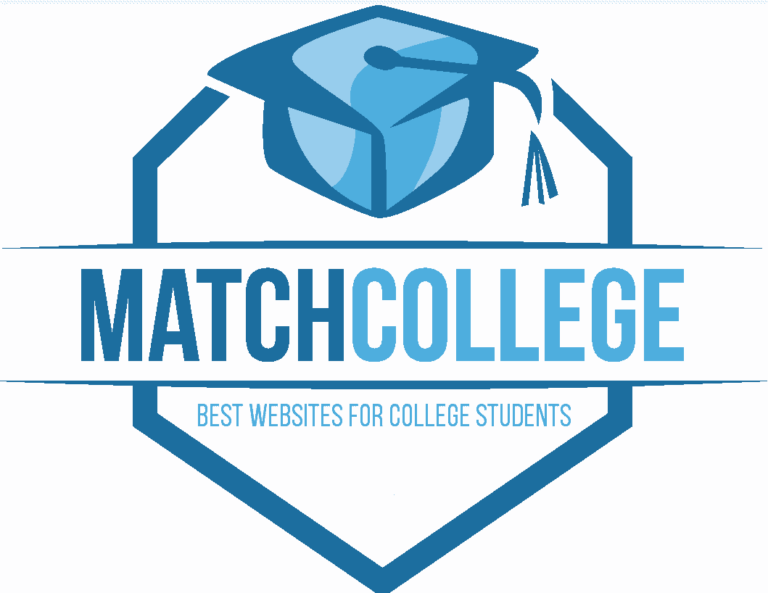Can Science Improve the College Financial Aid Process?
The Science of Financial Aid Participation Rates
Is it possible that behavioral science can help improve the effectively of the college financial aid system? A deep dive by the social enterprise team ideas42 believes that have cracked the code and we would like to share the report with you.
How Financial Aid is Disbursed
You may or may not know the US Department of Education recently invested millions of dollars streamlining the FAFSA process. The FAFSA is the Free Application for Federal Student Aid used by some 22 million undergraduate students per year and a key resource for college students across the United States. Yet the FAFSA has drawbacks and hurdles that stop some students from applying for college financial aid.
For example, some students were unclear on the process on how to apply for financial aid, when to apply for financial aid, how to gather the necessary financial documents, along with the financial aid process. Recognizing these gaps, the behavioral science organization teamed up with colleges and universities to provide suggestions on how to improve the FAFSA process.
Emails increased FAFSA completion rates by 72% over a control group. Yes, a resounding 72% increased completion rate was found over a control group when both parents and students received a behaviorally designed email about the FAFSA application process and pending deadline. A specifically crafted, behaviorally designed email to parents only resulted in a 52% increase over a control group while emails to students only yielded a 42% increase of the control group.
What is the secret sauce in the emails that generated such an amazing difference in action? The behavioral scientists simply demystified the FAFSA process. The email detailed the application process into discrete steps, ensured the language in the email was written in a clear manner, helped applicants see steps towards the end goal, and encouraged them to take immediate action instead of waiting.
Renewing Your Financial Aid
At this juncture in your college life, you have successfully navigated the FAFSA process and received your first round of financial aid. Now, you need to remain diligent and keep the financial aid awards in place lest you may forgo the hard work of obtaining financial aid for your higher education.
For many college students course registration is the lifeline to sustain a financial aid package. If a student failed to register in time or elected a course that had an adverse impact on their financial aid, research shows quick intervention to be an effective tool for colleges.
In fact, if a student were to receive two successive behaviorally designed emails regarding their course selection(s), the net result would be an additional $150 in financial aid per semester. The email would include a summary of the courses selected by the student and potential impact on their financial aid.
Financial Aid Student Responsibilities
Graduating from college is a mix of elation and anxiety. The elation piece is a result of years of hard work and preparation to earn a college degree while the anxiety may be a combination of the unknown coupled with financial demands that come with repaying student loans.
In an effort to reduce the stress associated with repaying college student loans, the team of behavioral scientists discovered the US Department of Education’s Direct Loan and FFEL Program repayment plans were highly confusing to students. Taking the time to clearly align the total debt, monthly payment, and interest payments would allow for an apples-to-apples comparison for students.
While the plans range from a standard payment plan to income-based repayment options, a student needs to fully understand each to best pair with their specific financial situation.
The final notable finding from the behavioral science team revealed a paltry completion rate for students wanting to change their respective payment terms or enrollment in debt relief programs through their loan servicing company.
The solution was a series of behaviorally informed communications to the students to help them understand the process and keep them on track while completing the requested change(s).
As you can readily see, simple changes in the higher education process can bear demonstrable outcomes for the benefit of all stakeholders. They key will be to have each respective party take action on the data to make the system more efficient and effective for all. For additional resources, make sure to visit MatchCollege and subscribe to our blog for the latest in college information.






